Le Corbusier and the Mystique of the USSR: Theories and Projects for Moscow 1928 - 1936
Description
Le Corbusier's arrival in the USSR in October 1928 to build the Moscow headquarters for Centrosoyuz created an international sensation in both the artistic and political communities: finally the crusader of "machine-age architecture" was going to encounter this seemingly modern nation whose economy and culture were in the making. Viewing the Soviet Union as a "factory for blueprints," where his role as an international expert would at last be recognized, Le Corbusier soon met with disappointment when Soviet authorities rejected his urban plan for Moscow, which laid the groundwork for the "Ville Radieuse" (1930) and included designs for the 1932 Palace of Soviet competition. In this detailed, colorful account of the vicissitudes of Le Corbusier's Soviet adventure, translated from the French, Jean-Louis Cohen brings to light a whole cycle of transformations in the architect's theoretical and design strategies while providing new interpretations of Soviet avant-garde culture. It was the USSR, Cohen maintains, that furnished Le Corbusier with one of his greatest sources of artistic inspiration and with an ideological pretext for the extraordinary and often frenzied assertion of his ambitions. All the leading Soviet intellectuals and architects of the period--Ilya Ehrenburg, Sergei Eisenstein, Moisei Ginzburg, El Lissitzky, and Alexander Vesnin--play major roles in this absorbing chronicle of hope and disillusion. Heretofore unpublished drawings and texts illuminate the controversies surrounding Le Corbusier's urban doctrine in the face of Soviet "disurbanization" and his violent opposition to the early stages of Stalin's socialist realism.
Price history chart & currency exchange rate

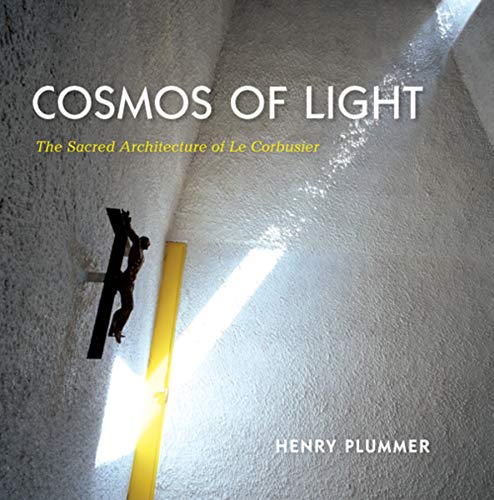


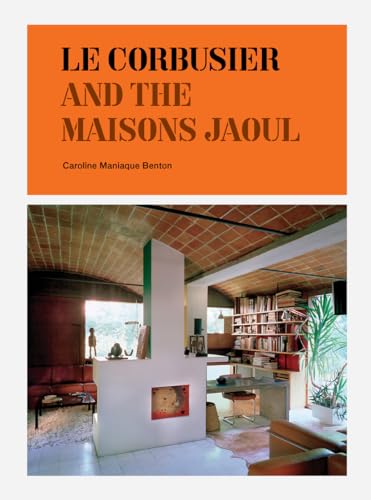
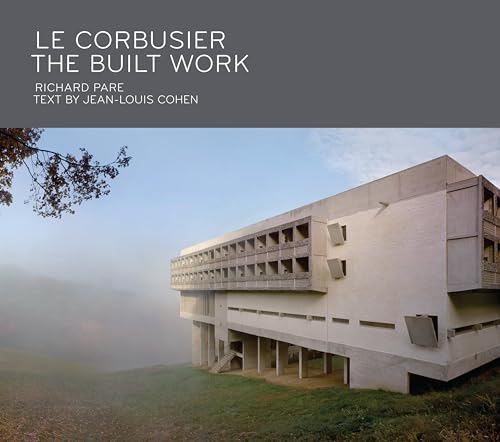
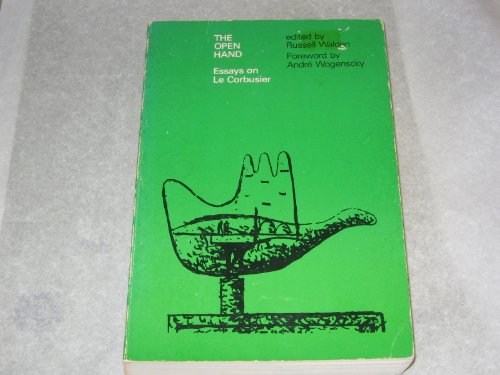
![Le Mans 1960-69: The Official History Of The World's Greatest Motor Race [Hardcover ]
Le Mans 1960-69: The Official History Of The World's Greatest Motor Race [Hardcover ]](http://pictures.abebooks.com/isbn/9780992820954-us.jpg)




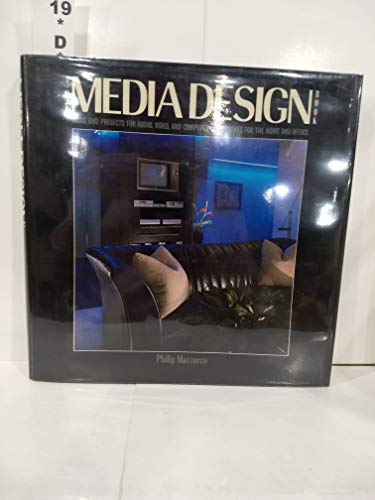

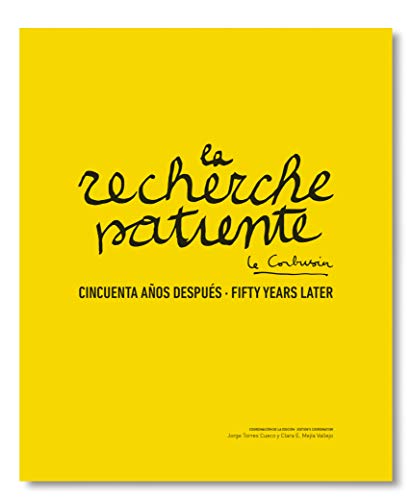

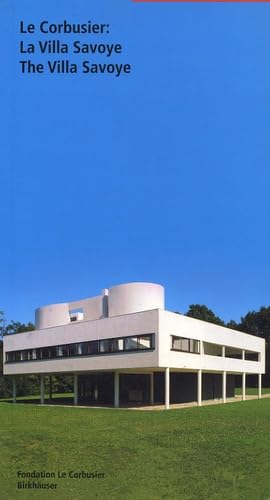





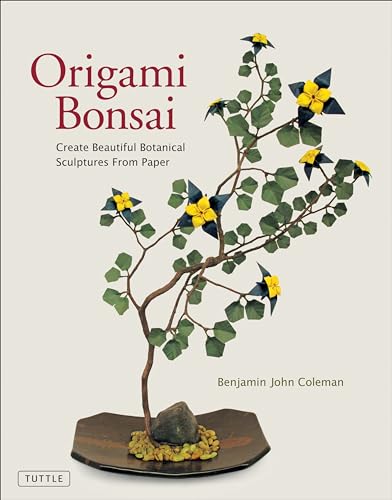

![Le Petit Sauvage (french Edition) [french Language - Soft Cover ]
Le Petit Sauvage (french Edition) [french Language - Soft Cover ]](http://pictures.abebooks.com/isbn/9782070726905-us.jpg)









